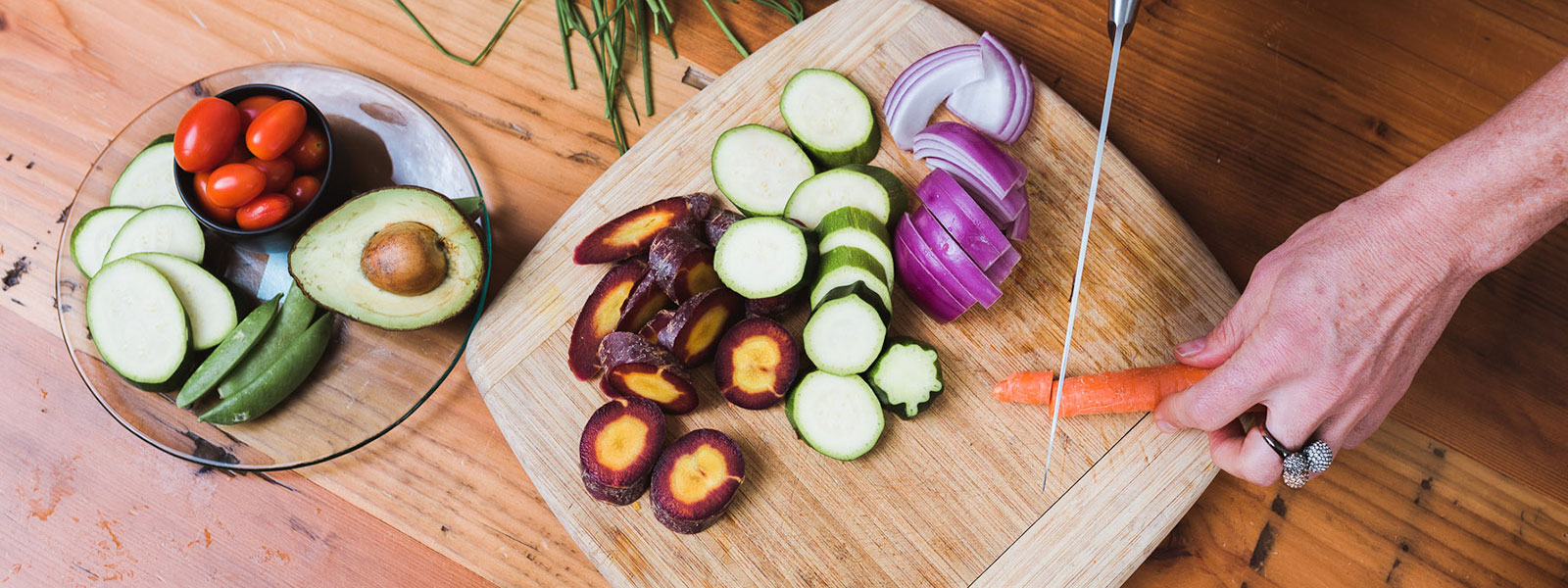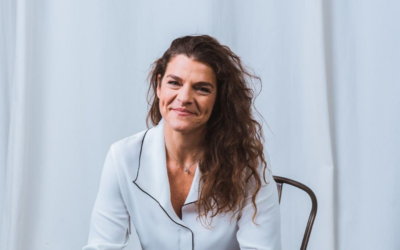Do you go high after you eat?
Post-mealtime is the #1 time all of us can see our BG rise, but there is one simple step you can take to dramatically reduce your risk.
Watch the video to hear more…
Guess what? Diabetes itself does not cause complications.
POORLY controlled diabetes is the key factor in causing complications. Going high causes inflammation and damage to our bodies. And the #1 time most people go high of course is after we eat.
What is a simple way to reduce the chances of going high after you eat?
PRE-DOSING.
Rapid insulin takes at least 10 minutes to even drop BY by 1 point. It can take 30 – 90 minutes to really reach its peak effectiveness time.
So if you eat something that is going to raise you right away, and dose at the same time, the food is going to spike you until the insulin takes it time to really kick in.
That is why most of us have been taught that we should dose 15 minutes before we eat.
But does that work all the time?
No. No. and No. That does NOT work a LOT of the time.
- What if you are already high and want to eat something high in carbs?
- What if you are on the low end of normal and want a salad with protein?
- What if you already have a lot of insulin on board?
- What if you are eating a ton of fat with your meal?
- What if you are only eating protein?
…In all of these scenarios, dosing 15 minutes prior will likely NOT work.
It took me years to figure this out for myself and now I’ve taught 100’s of T1Ds the key skills for how to stay in range during AND right after meals.
If you’d like to stop having so many post-meal highs, you’ll love this course: Mealtime Dosing – Why Carb Counting is Not Enough.





